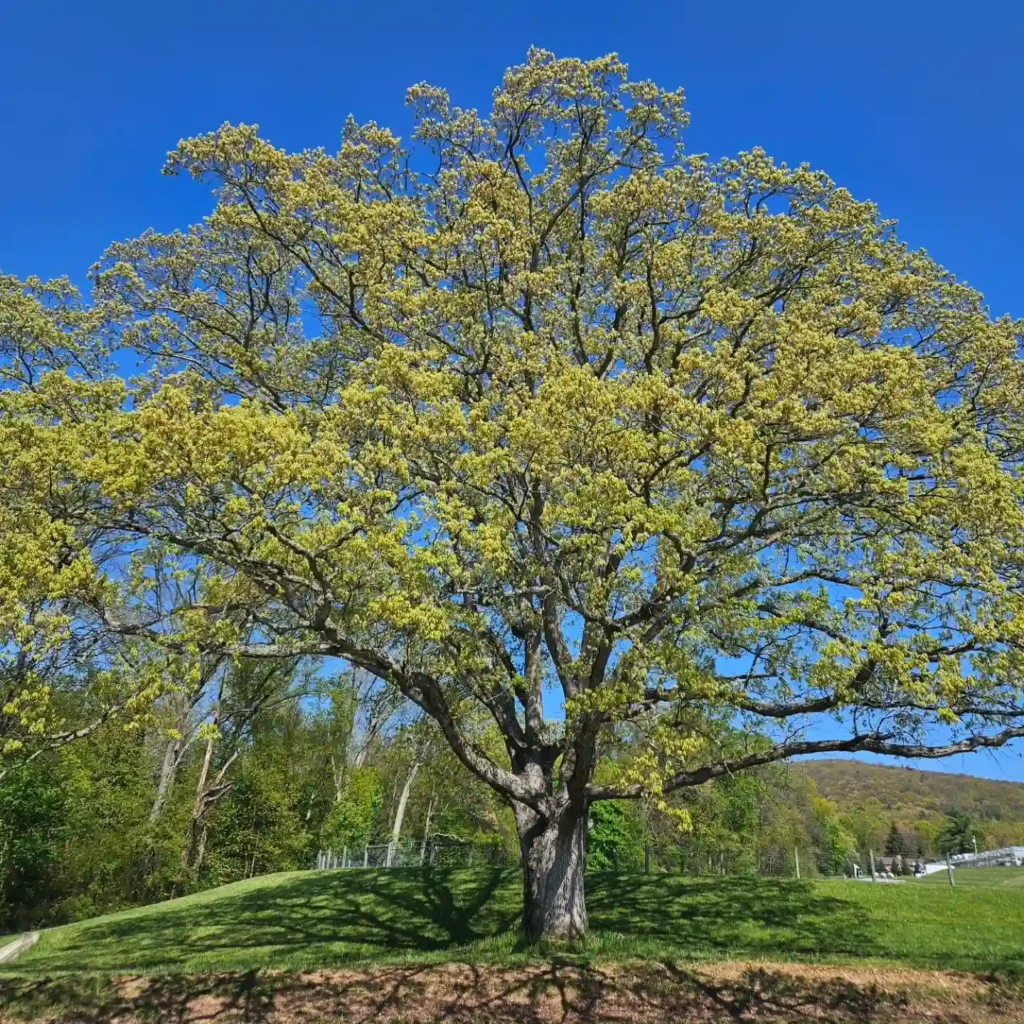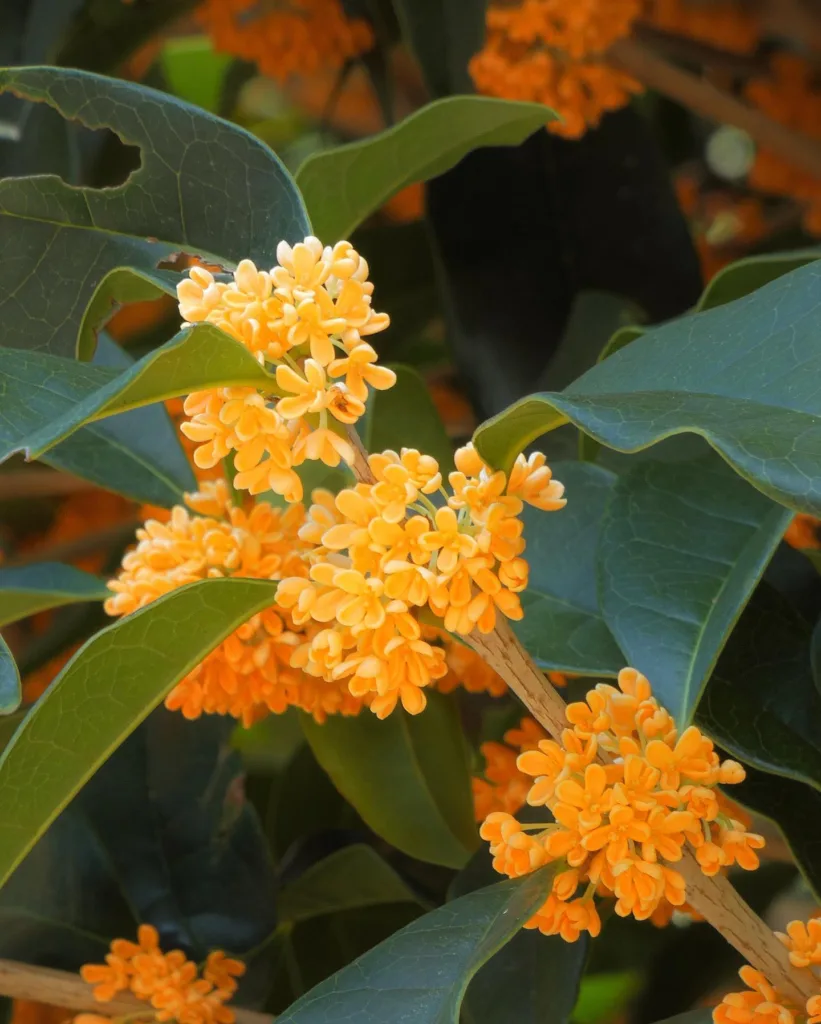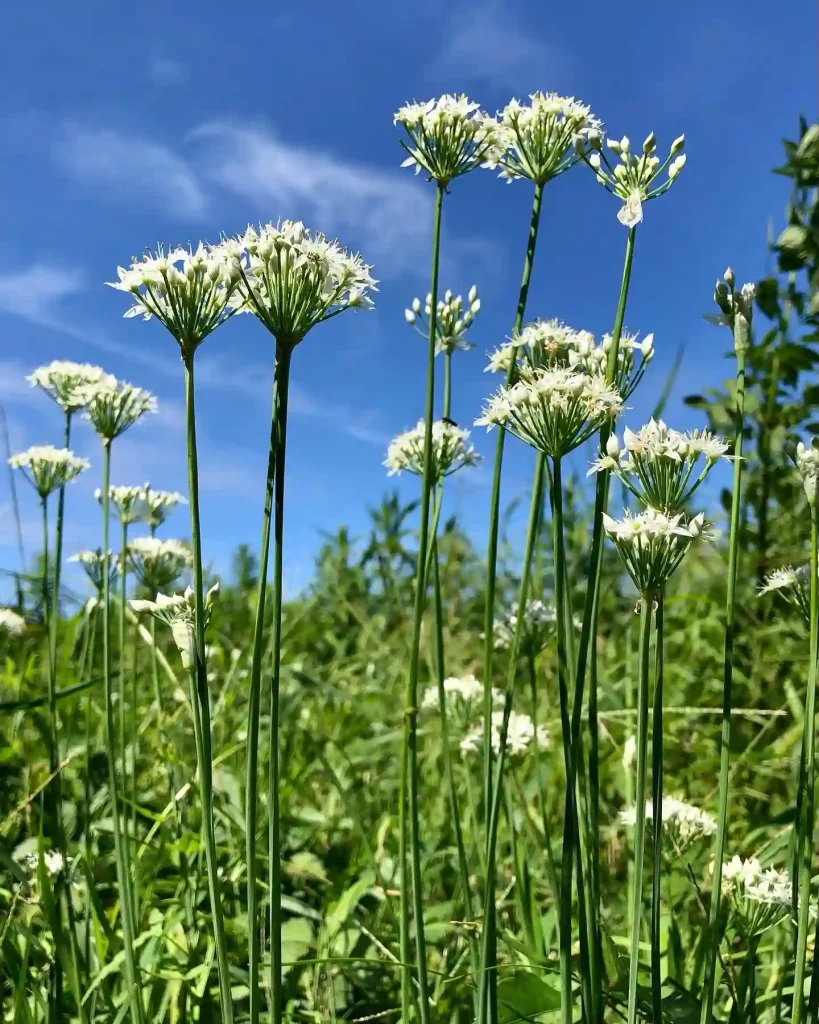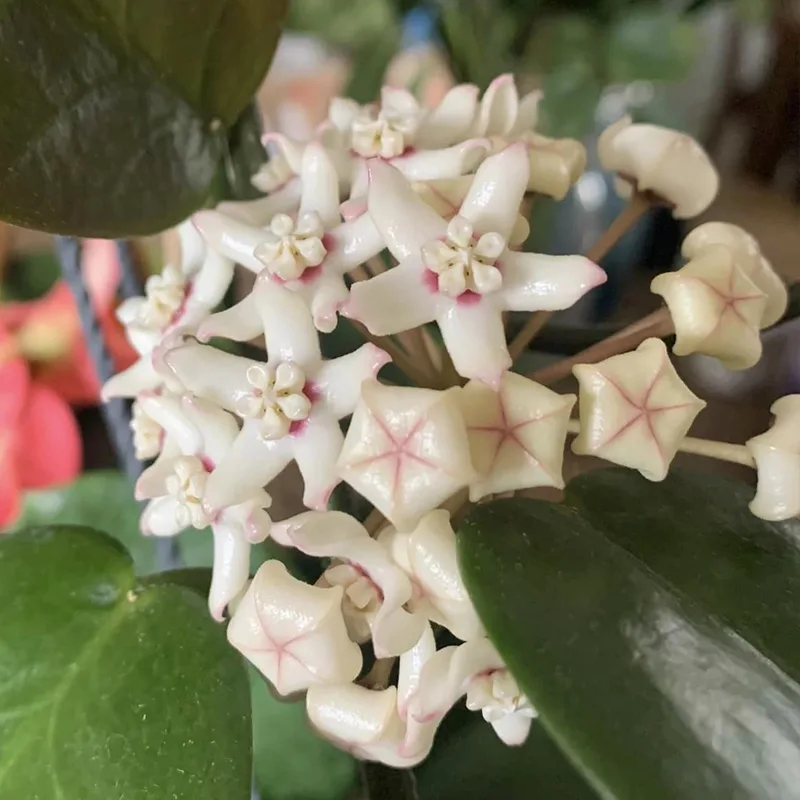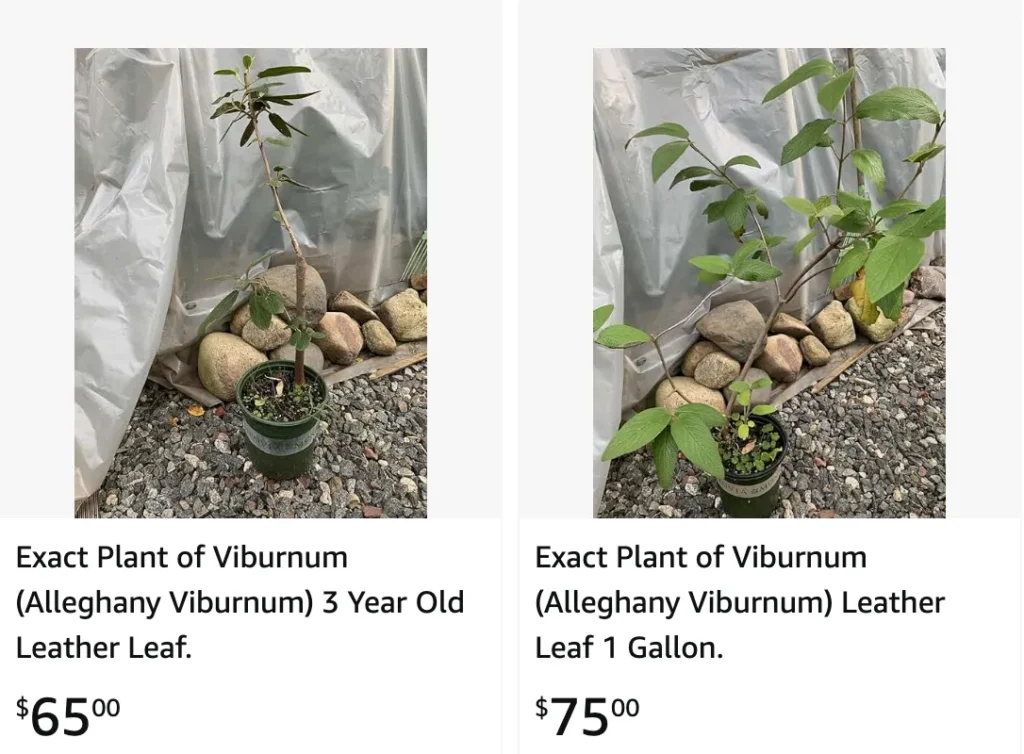
The Allure of the Alleghany Viburnum: A Four-Season Star for My Garden
For years, I’d been searching for a shrub that offered year-round interest in my garden. Something with captivating blooms, attractive foliage, and maybe even a pop of color – all without demanding constant attention. Enter the Alleghany Viburnum (Viburnum x rhytidophylloides ‘Alleghany’), a stunning hybrid that’s quickly become a prized possession in my landscaping repertoire.
206 Species in Genus Viburnum
What Makes the Alleghany Viburnum Special?
This beauty boasts a captivating presence throughout the seasons. Spring unfolds with a magnificent display of white, flat flower clusters that fill the air with a delicate fragrance. These clusters transform into vibrant red berries by late summer, adding a burst of color that persists well into fall. As the weather cools, the foliage transitions from a deep, rich green to a handsome bronze hue, offering a final flourish before winter.
But the Alleghany Viburnum’s charm extends beyond its aesthetics. This adaptable shrub thrives in a range of conditions, tolerating full sun to partial shade and boasting impressive cold hardiness (USDA zones 5-8). Plus, its resistance to bacterial leaf spot makes it a low-maintenance choice for busy gardeners like myself.
Alleghany Viburnum vs Brandywine
When comparing Alleghany Viburnum to Brandywine Viburnum, I’ve found that Brandywine’s vibrant fall colors are truly stunning and more reliable than the Alleghany’s, which sometimes lacks the same intensity.
How to Care for Alleghany Viburnum?
Planting your Alleghany Viburnum is a breeze. Choose a well-drained location that receives at least a few hours of sunlight daily. Dig a hole twice the width of the root ball and amend the soil with compost or aged manure for optimal drainage and nutrient content. Water deeply after planting and regularly throughout the first growing season, allowing the top inch of soil to dry slightly between waterings. Once established, your Alleghany Viburnum is surprisingly drought tolerant.
A light application of fertilizer in early spring can encourage vibrant blooms and healthy growth. Pruning is generally unnecessary unless you want to maintain a specific shape or control size. However, removing any dead, diseased, or damaged branches in late winter is recommended.
Is Alleghany Viburnum Evergreen?
One of the most frequent questions I get about this shrub is its winter foliage. While the Alleghany Viburnum holds onto its leaves longer than most deciduous plants, in colder climates (zones 5-6), it may lose some of its foliage during harsh winters. However, in warmer zones (zones 7-8), it can retain most of its leaves, creating a near-evergreen effect.
Beyond Beauty: The Ecological Benefits of the Alleghany Viburnum
This versatile shrub isn’t just a feast for the eyes; it also provides valuable ecological benefits. The fragrant flowers attract pollinators like butterflies and bees, while the vibrant berries offer a tasty treat for birds throughout the fall and winter.
Designing with the Alleghany Viburnum: A Landscape Gem
The Alleghany Viburnum’s adaptability makes it a valuable addition to various landscape designs. Here are a few inspiring ideas:
- Hedge Power: Plant several Alleghany Viburnums in a row to create a stunning and low-maintenance privacy hedge.
- Foundation Planting: Frame your home’s entrance with a pair of Alleghany Viburnums for a touch of year-round elegance.
- Specimen Spotlight: Showcase the shrub’s beauty as a standalone specimen in a dedicated planting bed.
- Border Buddy: Combine the Alleghany Viburnum with other flowering shrubs or perennials for a vibrant and dynamic border.
What to Plant with Alleghany Viburnum?
When choosing companion plants for your Alleghany Viburnum, consider plants with complementary bloom times, foliage colors, and heights. Here are some potential partners:
- Spring Companions: Azaleas, rhododendrons, and Korean Spice Viburnum share a love for acidic soil and provide a dazzling spring display.
- Summer Companions: Roses, hydrangeas, and butterfly bushes add a burst of summer color and attract pollinators.
- Fall Companions: Goldenrod, ornamental grasses, and witch hazel offer vibrant fall foliage and textural contrast.
With its captivating beauty, adaptability, and ecological benefits, the Alleghany Viburnum has become a treasured addition to my garden. Whether you’re seeking a low-maintenance shrub, a haven for pollinators, or a touch of year-round interest, the Alleghany Viburnum is sure to become a star in your landscape as well.
If i die, water my plants!
